Subtotal: €117.45
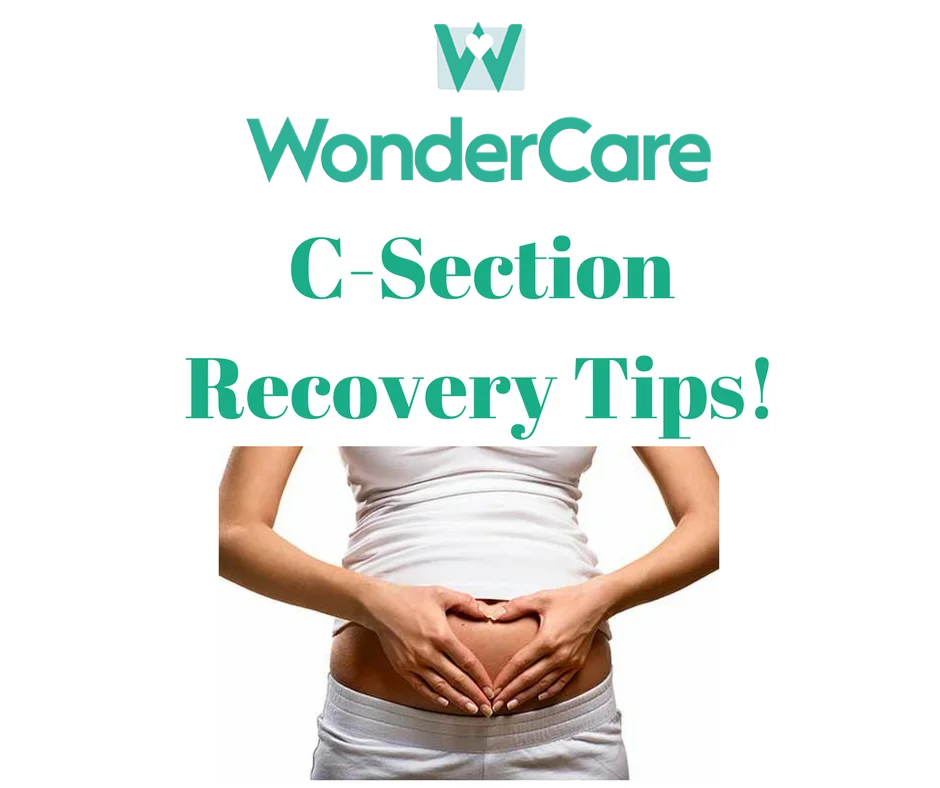
C-Section Recovery Podcast Available Here!
C- Section Recovery – A Practical Guide
This is a little article with useful tips on approaching recovery from your c-section and will hopefully highlight the practical aspects of what you can expect and how best to overcome any difficulties you may have. It will mostly focus on wound recovery and I will cover things like breastfeeding after a c-section in a separate blog.
The first 24 hours:
After your C-Section you will spend about two hours in a recovery room, in many hospitals your baby will not be able to join you during this time but you will have spent about half an hour cuddling them during the later stages of the surgery and should try to relax during this time. 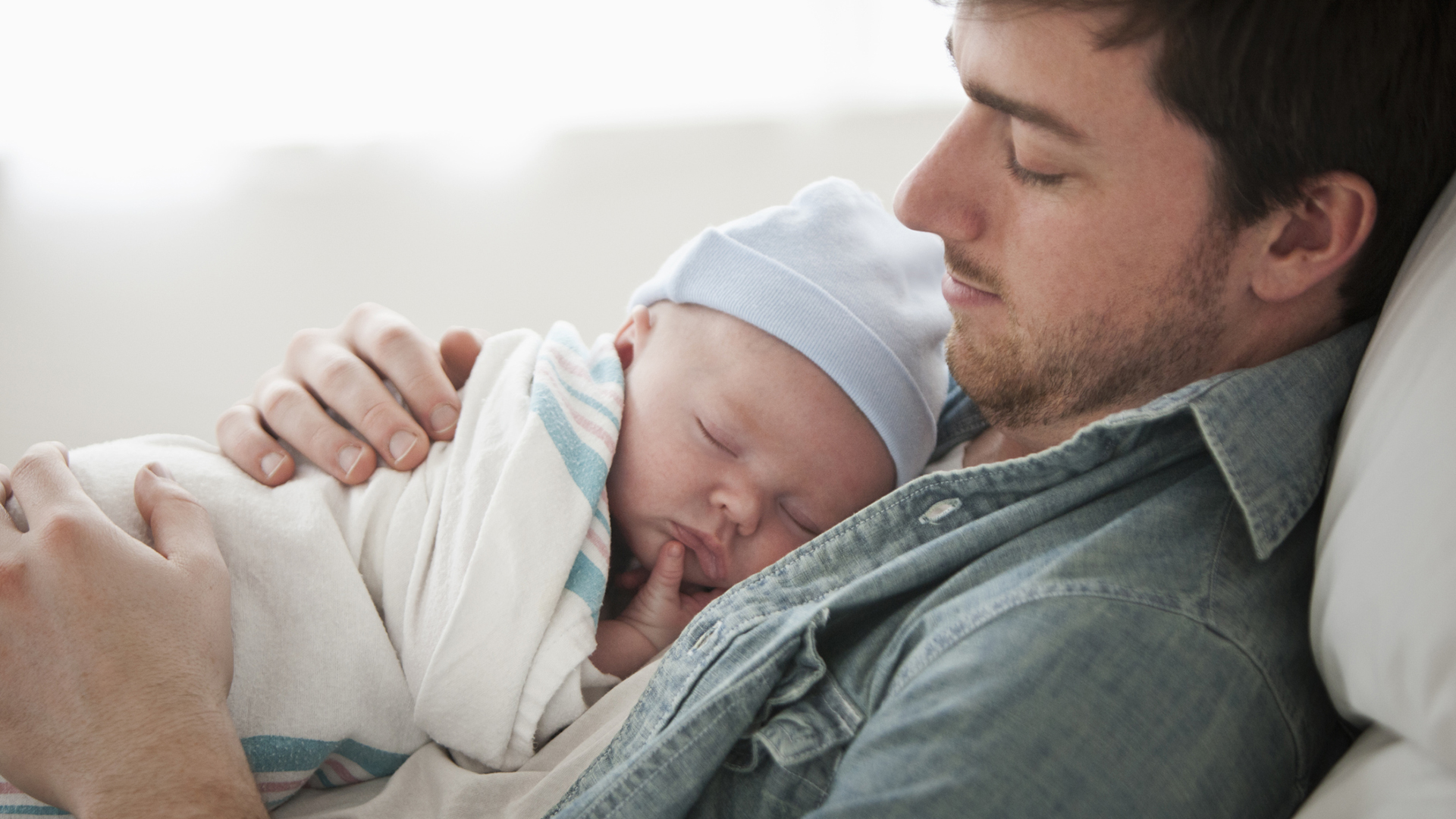 Your birthing partner or a midwife will stay with the baby at all times so you will know they are in safe and capable hands (my poor husband was more scared than me at this point as he was with the baby!). During the two-hour recovery, the nurses will monitor your vital signs and ensure that you are coping well with the effects of the spinal anaesthetic. They will allow you to return to the ward once you can move your toes, and get the required amount of feeling back in most parts of your body. Once they are happy with your condition you will be reunited with your little one.
Your birthing partner or a midwife will stay with the baby at all times so you will know they are in safe and capable hands (my poor husband was more scared than me at this point as he was with the baby!). During the two-hour recovery, the nurses will monitor your vital signs and ensure that you are coping well with the effects of the spinal anaesthetic. They will allow you to return to the ward once you can move your toes, and get the required amount of feeling back in most parts of your body. Once they are happy with your condition you will be reunited with your little one.
During surgery you will have a catheter inserted so that you do not need to go to the toilet to urinate, it will be released into a bag that will sit down on the side of your bed. As horrible as this sounds, it’s great as it means you will not need to move to go to the bathroom until they remove it approximately 24 hours after surgery. Insertion and removal are painless.
The medication used during surgery can have a few side effects. It is important to discuss any of these that you experience with your midwives so that you can be reassured that it is normal. Examples include nausea, vomiting, itching, drowsiness, confusion etc. These are not definite side effects – just possible so please don’t be alarmed! The effects of the medications used during the surgery can last up to about 24 hours.
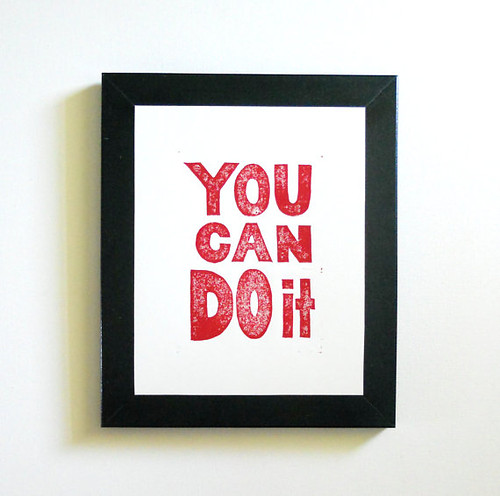 This leads me to a good point! It is strongly advisable, as the midwives will generally correctly insist, that you get up and walk a little within 24 hours of the surgery. This is important for your recovery and it’s a good time to do it as the pain relief will still be in effect. It is often the fear of not knowing how you will feel once you stand up that is worse than the reality of actually facing it! Slow and steady is key. Let the nurses help you as dizziness and weakness are often problems during these first steps. It is common for nurses to encourage you to take a shower at this point and it helps a lot!
This leads me to a good point! It is strongly advisable, as the midwives will generally correctly insist, that you get up and walk a little within 24 hours of the surgery. This is important for your recovery and it’s a good time to do it as the pain relief will still be in effect. It is often the fear of not knowing how you will feel once you stand up that is worse than the reality of actually facing it! Slow and steady is key. Let the nurses help you as dizziness and weakness are often problems during these first steps. It is common for nurses to encourage you to take a shower at this point and it helps a lot!
Day two and beyond:
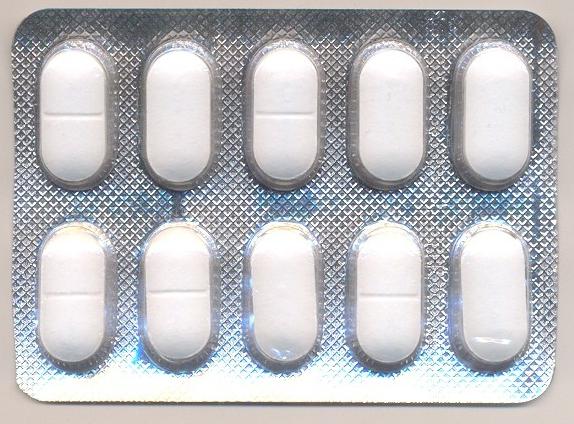 Take your medication as prescribed and regularly. You do not need to be in extreme pain and no one will think more of you if you are. It is important that your new baby has a happy mummy and so minding yourself has got to be as much of a priority as minding your gorgeous new baby. Your doctor will prescribe you medication for when you go home from the hospital and often you take these on an ‘as required’ basis. It’s useful to take them at times you feel you will most need them, for example, if you find getting out of bed very sore then take your medication as directed about half an hour before you need to move. You will find that after a few days, or even a couple of weeks you no longer need to take them. If you do you can speak to your public health nurse or doctor to ensure your wound is healing properly.
Take your medication as prescribed and regularly. You do not need to be in extreme pain and no one will think more of you if you are. It is important that your new baby has a happy mummy and so minding yourself has got to be as much of a priority as minding your gorgeous new baby. Your doctor will prescribe you medication for when you go home from the hospital and often you take these on an ‘as required’ basis. It’s useful to take them at times you feel you will most need them, for example, if you find getting out of bed very sore then take your medication as directed about half an hour before you need to move. You will find that after a few days, or even a couple of weeks you no longer need to take them. If you do you can speak to your public health nurse or doctor to ensure your wound is healing properly.
Your first bowel motion – The midwives will monitor your urine output using the catheter output so you don’t need to worry about that. You will however be asked to inform the midwives when you have passed your first bowel motion after the surgery. This is to ensure everything is settling down correctly and to ensure you are not constipated as 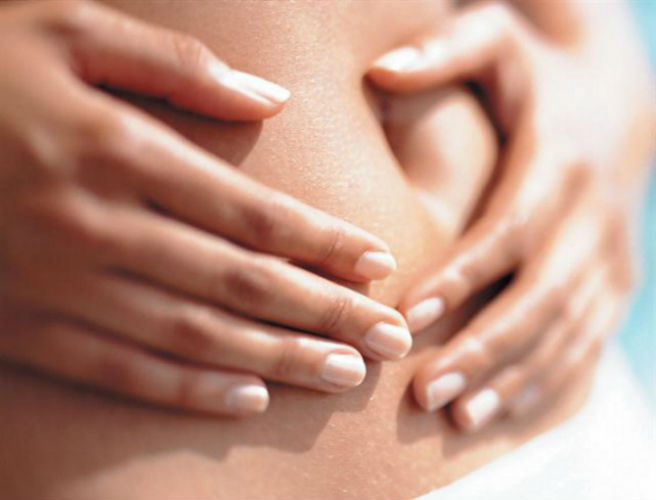 constipation can cause undue pain during c-section recovery. If you are constipated (which is highly possible as it’s a side effect of the medications) the doctor will prescribe you something to help so it’s very important to speak up about any concerns or discomforts as again it’s easily treated and there is no need to suffer! It’s helpful to support your wound with your hands during bowel movements during the early days – helps relieve some of the discomfort.
constipation can cause undue pain during c-section recovery. If you are constipated (which is highly possible as it’s a side effect of the medications) the doctor will prescribe you something to help so it’s very important to speak up about any concerns or discomforts as again it’s easily treated and there is no need to suffer! It’s helpful to support your wound with your hands during bowel movements during the early days – helps relieve some of the discomfort.
Fluids – Drinking lots of fluids will help to avoid constipation, and to replace those lost in delivery and during breastfeeding.
Rest but stay mobile – Recovery comes quicker to those who stay a little bit mobile in the days after surgery so help yourself by taking little strolls along the corridors of the hospital. It’s useful to wheel the baby along in their crib on wheels so that you have something to lean on! Little but often is key here again, you want to stay mobile but you also need to rest!
 Pillows, pillows, pillows – It’s a little embarrassing how much I’m about to write about pillows but…
Pillows, pillows, pillows – It’s a little embarrassing how much I’m about to write about pillows but…
Pillows are your friend – use them to prop yourself into comfortable positions to sit and sleep. I found lying flat was very uncomfortable so using pillows to keep your body a little curved can provide relief in the early days.
Hold a pillow over your abdomen every time you cough, sneeze (not always possible so use your hands if taken by surprise!) or even laugh. This will help to support your abdominal muscles and take some of the workload off them and so some of the pain off you.
Use pillows to prop your baby into comfortable positions for you to feed whether you are breast or bottle feeding. It is more comfortable for the baby to be lying on a pillow over your abdomen than them lying directly on it or you trying to hold them up into a correct position. Midwives are so good at showing you the best ways to do this!
Posture – Try to maintain good posture by standing as straight as you can manage – this helps with your recovery and gets easier with a little effort.
Seating – A tall firm chair will be a blessing in the early weeks post c-section. It is easier to get out of them and into them, low soft couches are a bit of a disaster at first. If you have a chair with armrests that is best as you can use your arms to push yourself into an upright position which takes some of the workloads off your abdominals and again alleviates some of the pain.
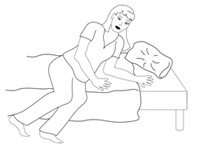 Getting out of bed – Slowly does it! Roll onto your side a little and then use your arms to push yourself into a sitting position. Then take your time and stand up from there.
Getting out of bed – Slowly does it! Roll onto your side a little and then use your arms to push yourself into a sitting position. Then take your time and stand up from there.
Stairs – Realistically you will be in hospital for 4-5 days and are unlikely to have to climb stairs there. By the time you are home, you will be able to climb a flight of stairs if you feel up to it but again it’s just very important to take this slowly. One step at a time….couldn’t help myself sorry 😉
Showering – Be careful in the shower not to slip when getting in and out. Use a mild shower gel, such as the simple one, and avoid using it on the scar area. There is no problem letting water run over the wound and then when you get out just pat it dry gently.
Dressings – Each hospital may approach this differently, especially depending on what kind of stitches were used and how they would in healing. However, in general, the main dressing will come off after a couple of days and there will be small paper stitches placed over the actual wound which will be held together firmly with proper stitches. The paper ones fall off over time and your doctor or midwife will inform you of what kind of proper stitches you have and whether you need to get them removed or not. They are often now dissolvable and so there is no removal needed.
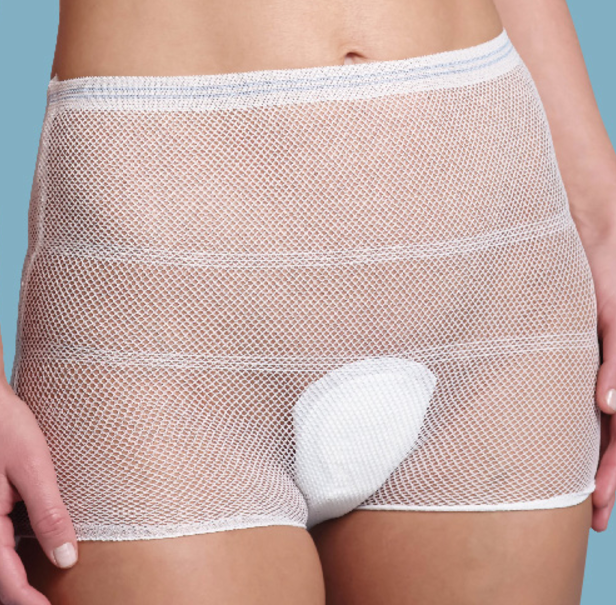 Clothes and comfort – Wear high-waisted trousers or pyjama bottoms and underwear in the days after a c-section so that the waistband is not rubbing off the wound. It is quite useful to use a large maternity pad as a cushion to your wound by placing it up against the wound inside your underwear! Not really what they were intended for but they are great at preventing friction on the wound. We have really good maternity panties which come with a built-in pad and will comfortably hold an extra pad over your wound.
Clothes and comfort – Wear high-waisted trousers or pyjama bottoms and underwear in the days after a c-section so that the waistband is not rubbing off the wound. It is quite useful to use a large maternity pad as a cushion to your wound by placing it up against the wound inside your underwear! Not really what they were intended for but they are great at preventing friction on the wound. We have really good maternity panties which come with a built-in pad and will comfortably hold an extra pad over your wound.
Infection – Monitor your wound for signs of infection such as weeping, heat, redness, bleeding or irritation. Report any major pain or signs of infection, such as temperature or flu-like symptoms to your healthcare provider.
Lochia – Period-like bleeding still occurs in women who have not had a vaginal birth after the delivery. This is normal and can last approximately 2-6 weeks. If you have any concerns just discuss them with your doctor or public health nurse.
Exercises – the hospital will give you some useful exercises to help with your recovery and strengthen your abdominal muscles.
Convenience – Have the baby’s bed beside yours or better still consider a co-sleeper cot. This will minimise the amount of times you need to stand up during the night as you will be able to reach the baby from bed. However, it is an expensive investment for a problem that will only last a few weeks – but sure in an ideal world wouldn’t we all have everything that made life easier so it’s worth a mention! Keep everything you need from drinks, to snacks, to breast pads, to your phone and magazines all at arm’s reach so you don’t need to move! If you have an older toddler running around it’s very useful to fill your chair with toys and books and entertainment before you sit down or attempt to feed the baby as then you will have an improved chance of distracting them so you don’t need to get up! Accept all of the help you get offered – let people lift for you, help you up and feed you whilst you feed the baby. As I said your recovery is key to the baby’s wellbeing so don’t forget to look after yourself!
So I think I’ve covered pretty much everything and I hope it hasn’t scared anyone too much but it is better to be prepared and hopefully using the advice above you will have a fast and easy recovery so that you can focus on the job at hand – enjoying your new WonderCare!!
Check out my video for mummypages TV here :
http://www.mummypages.ie/tv/what-can-mums-expect-in-the-first-24-hours-after-a-cesarean-section
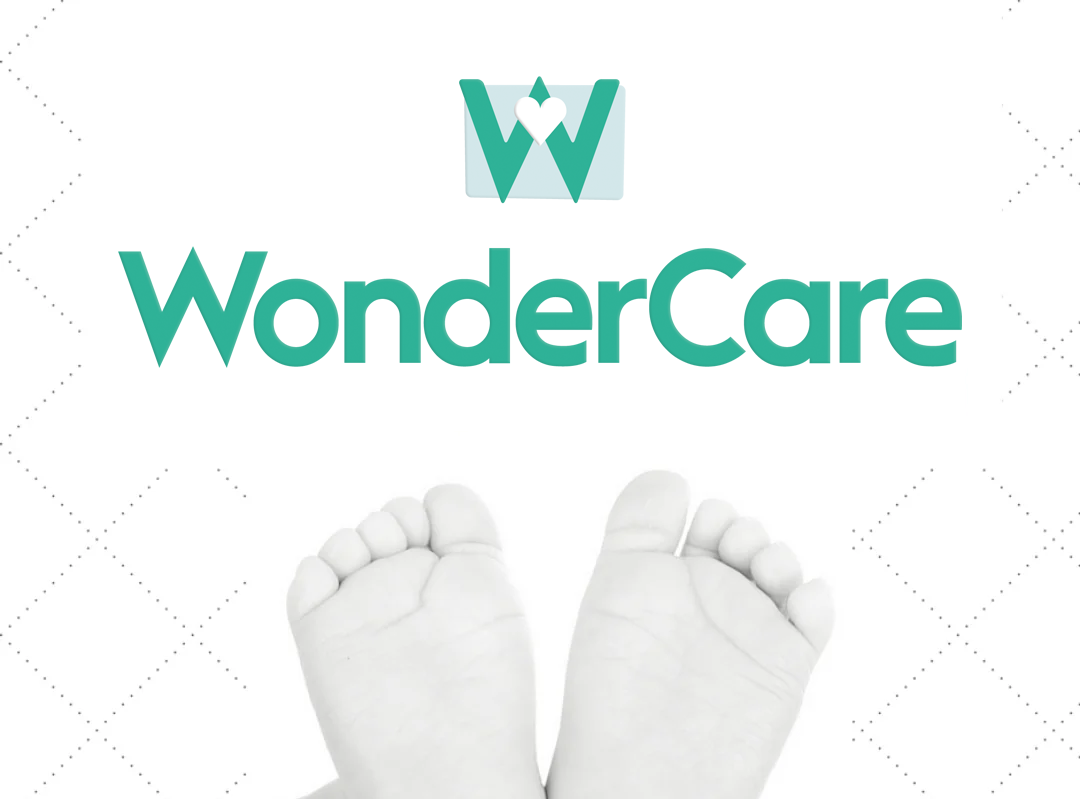 If you have any questions at all please don’t hesitate to contact me at Milltown totalhealth Pharmacy (012600262 or www.milltownpharmacy.ie) or by sending me a message via the WonderCare Facebook page where I am always happy to help!
If you have any questions at all please don’t hesitate to contact me at Milltown totalhealth Pharmacy (012600262 or www.milltownpharmacy.ie) or by sending me a message via the WonderCare Facebook page where I am always happy to help!
 Free Delivery Over €40
Free Delivery Over €40
 Free Click & Collect
Free Click & Collect
 Earn Points
Earn Points

 Salin Plus Air Purifier (Salt Therapy) - Respiratory Health
Salin Plus Air Purifier (Salt Therapy) - Respiratory Health 

